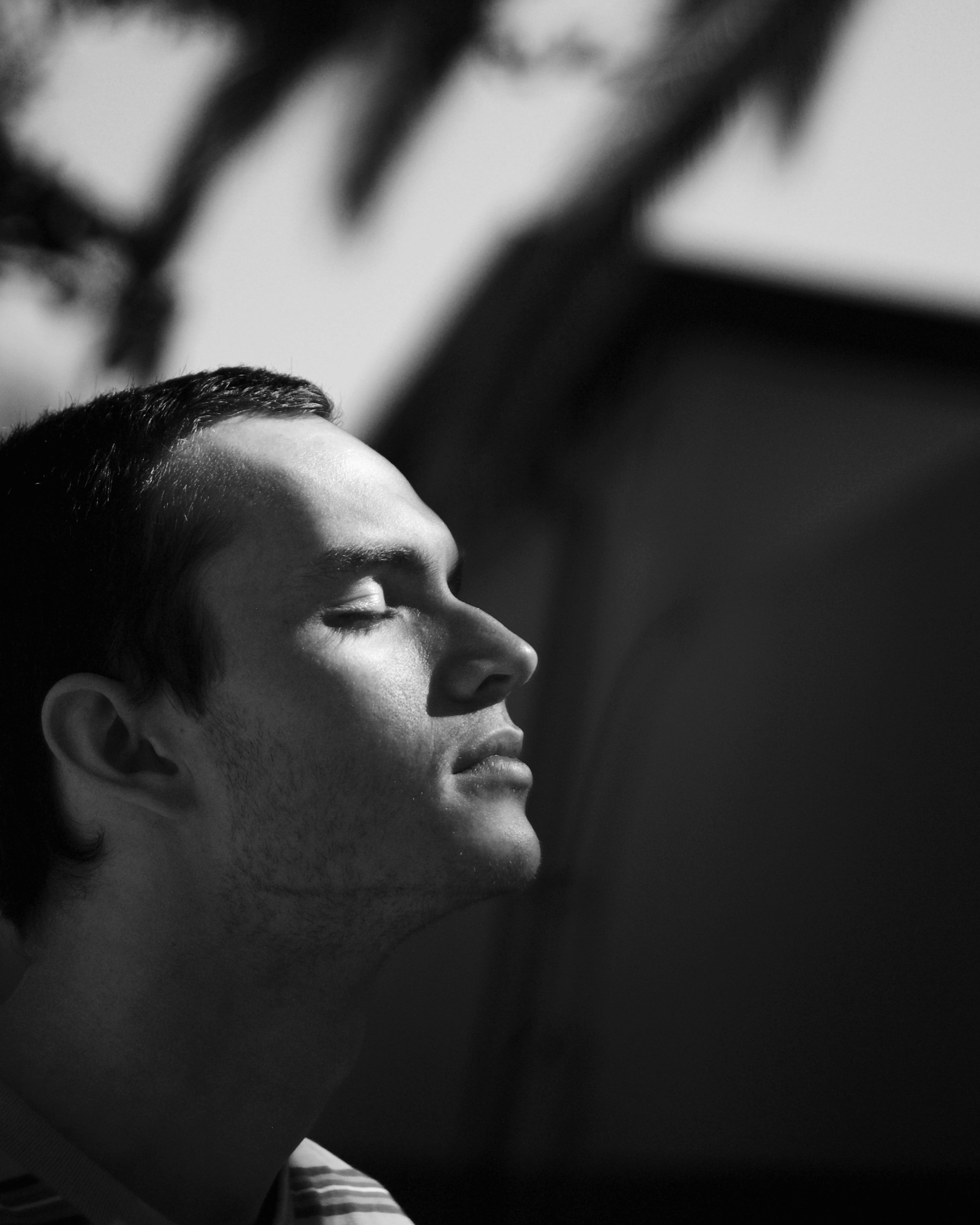
Are you looking for a new way to improve your mental and emotional health? Holotropic Breathwork might be for you. This beloved technique, developed by Dr. Stanislav Grof, combines deep, rapid breathing with evocative music to induce a non-ordinary state of consciousness that can lead to transformative experiences and insights– without the use of consciousness-altering drugs.
Holotropic Breathwork has gained popularity as a form of alternative therapy and personal growth tool, and it's definitely worth checking out if you're open to exploring different methods of healing.
So, kick back, take a deep breath, and read on to learn more about how Holotropic Breathwork can help you on your journey to wellness.
How was holotropic breathwork developed?
The concept of Holotropic Breathwork originated from Grof's study of non-ordinary states of consciousness, including psychedelic experiences induced by LSD. He discovered that these experiences had the potential to provide healing insights and transformative "trips".
But the use of these drugs was not always completely safe (or legal), and many people who used LSD were having the dreaded "bad trip" due to the lack of knowledge of how to effectively distribute and monitor the safe use of the substance .
Undeterred, Grof began to explore alternative methods of inducing non-ordinary states of consciousness and discovered that certain breathing techniques, when combined with evocative music, could produce similar effects.
He named this technique Holotropic Breathwork, combining the Greek words "holos" meaning "whole" and "trepein" meaning "to turn towards," to convey the idea of a movement towards wholeness.
Grof's discovery was akin to a scientist stumbling upon the magnifying power of a lens after years of looking through a blurry glass. He found a way to focus and amplify the breath to yield powerful results withoutusing LSD.
Teaching Holotropic Breathwork
The Grofs began to teach Holotropic Breathwork workshops in the 1980s, and the technique quickly gained popularity among those seeking alternative methods of healing and personal growth.
Fittingly, Stan and Christina Grof first taught Holotropic Breathwork at the Esalen Institute in Big Sur, California, a place which is known as one of the world's major centers for the discussion and dissemenation of cutting-edge spiritual practices.
Today, Holotropic Breathwork is practiced around the world, both in therapeutic settings and as a form of meditation and personal development. According to a 2018 survey, more than 14 million people in the United States practice some form of breath work such as yoga, holotropic breath work, and other breathing-centered practices.
A Basic Guide To Holotropic Breathwork

Here is a step-by-step guide on how to use Holotropic Breathwork for meditation.
Please note: this is a basic guide meant to introduce the concept. If you really want to get into holotropic breathwork or feel like you need more guidance, contact a trained expert to help you learn the practice.
- Find a quiet, comfortable space where you will not be disturbed for the duration of the meditation.
- Choose a piece of evocative music that speaks to you and resonates with your emotions. The music should be instrumental and have a distinct beginning, middle, and end.
- Lie down on your back and close your eyes. Take a few deep, slow breaths to ground yourself.
- Begin breathing deeply and rapidly, inhaling through your mouth and exhaling through your mouth. Allow your breath to become faster and deeper as you continue.
- As you breathe, focus on the music and allow it to guide you into a non-ordinary state of consciousness. You may experience sensations of lightness, tingling, or vibration in your body.
- Allow any thoughts, emotions, or physical sensations to arise and pass without judgment. Trust that your body and mind will guide you toward the experiences you need for healing and growth.
- When the music ends, gradually slow your breathing and take a few deep, slow breaths to return to normal consciousness.
- Take some time to reflect on your experience, either through journaling or simply sitting in quiet contemplation.
Holotropic Breathwork can be a powerful tool for personal growth and healing. By combining deep, rapid breathing with evocative music, this technique can induce a non-ordinary state of consciousness that allows for deep insight and transformation.
If you are interested in exploring this technique further, consider seeking out a Holotropic Breathwork workshop or practicing on your own with the guidance of a trained facilitator.

